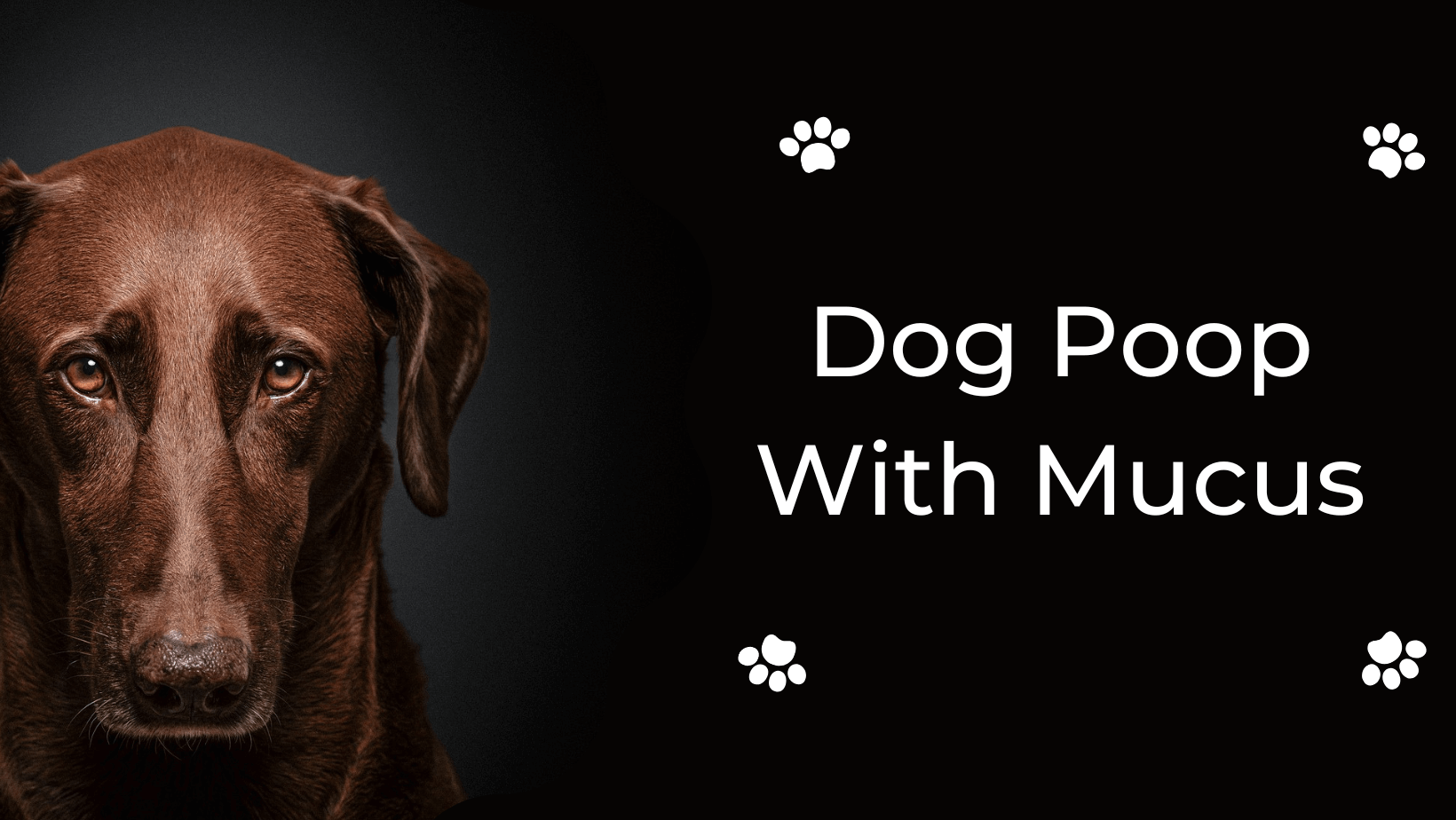Being a Dog owner, always worries whether your dog is healthy or not. Most of the time it tells you by its behavior but sometimes it may not let you know about its health, so you have to figure it out on your own. Dog poop can indicate its health.
Difference between dog’s normal and abnormal poop
As mentioned earlier dog poop indicates a dog’s health. You may be able to know whether your dog is healthy or not by seeing its poop color, shape, size, and consistency.
1-Normal and Abnormal Dog’s Poop Color
A change in the color of a dog’s poop may indicate some serious problems. The chocolate brown color is the normal color of dog poop. But if you find any color other than chocolate brown, you should visit a vet immediately. You may find minor changes in color due to diet or hydration, but you should not see substantial changes.
- White Spots on poop may indicate tapeworm.
- The greasy Color of poop mostly indicates pancreas issues due to malabsorption of nutrients.
- The green Color of poop indicates a gall bladder issue or the dog has consumed too much grass.
- The yellowish Color indicates a liver issue.
- Black Color may indicate bleeding in the upper Gastrointestinal tract bleeding.
- Red Streaks may indicate blood in a dog’s stool, while Red Stool may indicate bleeding in the lower digestive tract.
2-Shape and Size
Dog normal poop looks long and in its form. When picked up it shouldn’t be left any sort of trail behind. The amount of dog poop should be proportional to the amount of food consumed by it.
3-Consistency
Consistency is connected to what your dog eats. Normal dogs’ poop should be moist, compact, easy to pick up, and shaped like a caterpillar. Formless Poop indicates that the intestine is not absorbing water. While hard Poop may indicate dehydration.
Dog Poop with Mucus
A minor amount of mucus in dog poop is normal, which is produced due to the lubrication of the intestines, while excessive amounts of mucus or blood in poop may indicate something bad. Most of the time dog poop indicates food intolerance or gastrointestinal issues. A bad stomach, viral infection, bacterial infection, or inflammation of the colon are the reason behind it.
Causes of Mucus in Dog’s Poop
- Allergies: Allergies can cause an upset stomach that may result in vomiting, flatulence, or diarrhea.
- An intestinal foreign object: Some dogs have an appetite for nonfood items, which is known as pica and could be a symptom of a greater problem, such as malnutrition.
- Change of Diet: Your dog probably ate something bad that gave it an upset stomach
- Crohn’s Disease: A type of inflammatory bowel disease which causes inflammation of the tissue in the digestive tract.
- Colitis: It is the inflammation of the colon
- Clostridial Enterotoxicosis: Small Intestinal Bacterial Overgrowth
- Cancer: Cancer of the GI tract can cause such issues
- Intoxication: Intoxication can lead to this problem
- Fungal Infection: It can occur due to contact with other animals or exposure to the environment
- Parvovirus: It is a viral infection
- Stress: Dogs can suffer from mental or emotional health issues. Dogs under stress can have diarrhea. diarrhea due to stress should resolve itself within 2 days
- SIBO: Small Intestinal Bacterial Overgrowth
- Roundworms: It is an internal parasite
Symptoms
You will feel the following symptoms with mucus in your dog’s poop
- Lethargic
- Vomiting
- diarrhea
- Not Eating
- Not Drinking
Treatment for mucus in dog’s poop
If your dog isn’t eating anything, then you should visit to vet as soon as possible. The treatment for mucus in your dog’s poop depends on various reasons. Let’s discuss what can you do for your dog’s treatment.
You can provide your buddy special diet which includes shredded chicken, rice, pumpkin, and bone broth. If parasites are causing trouble, then you need parasiticides, while there are certain antibiotics for an infection that lead to mucus in dog poop. If you feel it with Vomiting, Diarrhea, decreased appetite, or Weight loss then you should visit your vet soon.
Dog Poop with Blood
Dog poop with blood usually occurs when a dog eats poisonous, such as berries or mushrooms. The first thing you should do if you notice blood in your dog‘s stool is to check for any other symptoms. Is your dog acting lethargic? Has he lost weight? These could be warning signs of internal bleeding. If you notice any of these things, contact your vet right away.
Cause of Dog Poop with Blood
There are many reasons why your dog could be bleeding internally, such as internal injuries from fighting, eating something poisonous, or having a medical condition.
The most common cause of bloody diarrhea in dogs is internal parasites. These parasites can live inside the intestines and cause inflammation, which leads to blood loss. Other possible causes include foreign objects lodged in the intestine, intestinal blockage, and cancer.
- Colitis (inflammation of the colon)
- Parasites, such as hookworms
- Trauma
- Toxins
- Inflammatory bowel disease
- Anal sac infections or impactions
Hematochezia
The passage of bright red blood is known as hematochezia. This denotes bleeding in the cecum, colon, rectum, and anus, all parts of the large bowel in the lower digestive tract. Red blood spots or streaks in normal stool or diarrhea may be visible.
Ingestion of Poisonous Substance
The most common cause of this problem is when the dog eats something poisonous such as rat poison. If your dog has been eating something toxic, it may need emergency treatment at the veterinary hospital.
Dogs who eat poisonous substances develop symptoms similar to those of humans who ingest poisons. These include vomiting, diarrhea, seizures, and coma. In some cases, dogs who consume toxins may die from internal bleeding.
Poisonous substances can be found in many places around the house. For example, if your dog ingests rat poison, he could get sick after eating the poisoned rats. Another source of poisoning is household cleaners. Some cleaning products contain chemicals that can harm your pet.
Melena
Melena is a type of black, tarry stool typically thick or sticky. Since the blood has been digested, it appears black. That suggests bleeding in the upper digestive tract, which includes the liver, pancreas, stomach, esophagus, mouth, and small intestine.
Common causes of melena are hemorrhagic gastroenteritis, GI ulcers, Cancer, Tumors, Bleeding, or clotting disorders.
Internal Bleeding
Contact your veterinarian immediately if you see blood in your dog’s stool. It would help if you did not attempt to clean up the mess yourself. It’s important to note that some dogs will pass bloody stools without any signs of pain or discomfort.
Internal bleeding can be caused by several conditions, including kidney disease, liver problems (cirrhosis), intestinal blockages, or cancerous growths. Some types of internal bleeding are challenging to detect, especially in older dogs. For example, hemangiosarcomas, malignant tumors that develop in the lining of blood vessels, are often found during routine physical exams. Other types of internal bleeding are easier to spot, however. Hemorrhagic gastroenteritis, for instance, occurs when digestive tract cells rupture and bleed into the intestine. The most common symptom of hemorrhagic gastroenteritis is bloody diarrhea
Symptoms
- diarrhea
- vomiting
- lethargy
- fever
- loss of appetite
Treatment for Blood in Dog’s Poop
If you see blood in your dog’s stool, do not try to clean it up yourself. You can also use a “Pooper Scooper” product to help remove the feces and prevent further contamination.
A visit to the vet will likely involve cleaning out the intestines and removing any foreign objects found there. This process is known as exploratory surgery. During this procedure, your veterinarian will examine your dog’s stomach and intestines to determine what might be causing the bleeding. They may also perform other tests to rule out other potential causes of the problem. The reason could be anything from a superficial infection to something much more severe. Sometimes, your dog may require emergency surgery to remove a large mass or tumor. Other tests include:
- X-rays
- Ultrasounds
- Endoscopies
- Urine tests










